It was in the quiet hours of 31 July that I first saw the live telemetry feed of PRSS-01 slipping away from Earth. It should be kept in mind that PRSS-01 is not the same as PRSS-1, as that was a different satellite launched on another occasion. A discreet speck of engineering marvel, yet its implications reached far into the plains of Punjab and the heights of the Karakoram.
I thought of the farmer watching clouds gather above his millet fields, of the planner tracing future highways across Gwadar’s dusty terrain, of the parents in Swat Valley bracing for winter’s thaw. PRSS-01 promised to be their unseen ally, circling day and night at 640 kilometers above, a sentinel for progress and protection.
Before dawn has fully broken, I often brew my morning tea and imagine the data streams descending from that distant orb. Consider precision agriculture: a smallholder in Sindh examines a fresh image of his land. He notes subtle shifts in soil moisture or an early patch of pest damage. Armed with this insight, he applies water where it’s needed most, spares fertilizer where it isn’t, and wards off ruin before it begins. In a country where nearly a quarter of GDP still hinges on crop yields, these small efficiencies ripple outward, saving livelihoods and, in turn, nourishing families from Karachi to Chitral.
When, decades hence, PRSS-01 finally completes its mission, its legacy will live on in choices made today. We will recall how that pinpoint of light ascended to become a beacon of possibility. And I will close my eyes to see its first images— streams of data that carried the promise of transformation for an entire nation. In the end, the greatest gift may simply be the act of seeing: seeing our land more clearly, and believing that with knowledge guiding our steps, we can shape a brighter tomorrow
However, PRSS-01’s gaze extends beyond the furrows and furrows into our rapidly changing cities. I remember a conversation last spring with a young urban planner in Lahore, her frustration born of outdated maps and piecemeal surveys. Roads had sprawled faster than anyone could chart. Then came PRSS-01. Within hours, she overlaid its high-definition imagery on her digital canvas, revealing congestion knots and untapped corridors. She sketched a network of new lanes, green belts to absorb smog, and precisely routed transit links that might once have been mere speculation. No longer were decisions rooted in gut instinct; they were anchored in visible reality, pixel by pixel.
Natural disasters, too, find their adversary in PRSS-01’s constant watch. I recall the landslide in Swat Valley two winters back— an abrupt slide that swallowed homes and hopes before any alarm could sound. That scene, replayed in my mind, makes the satellite’s mission feel personal. Now, subtle soil shifts on a steep slope will register on its sensors days before collapse. Warnings cascade to district centees, evacuation plans kick in, and safety doors stand open long before the ground trembles. In emergencies measured in minutes, even seconds saved can mean lives saved.
Beyond disasters, PRSS-01 measures the heartbeat of our glaciers. Last summer, standing by the swollen banks of the Indus near Skardu, I saw only a surging river. But the satellite records the silent retreat of snowfields, calculates reserves hidden beneath ice, and forecasts water flows for months ahead. In an era of climate volatility, these measurements are lifelines. Farmers time their sowing, hydroelectric plants tweak their turbines, and cities brim or conserve in anticipation of either bounty or drought.
Nevertheless, perhaps the most profound transformation is the way we choose our shared destiny. “Data-driven policy” can sound sterile, but I have seen it take root in Islamabad’s ministries and in spirited university salons. A policy analyst, once reliant on hearsay to gauge deforestation, now consults multispectral imagery revealing canopy loss, illegal clearings, and soil erosion. His policy briefs no longer carry caveats—they carry conviction backed by evidence. I picture saplings planted where barren slopes once stood, each green shoot a testament to informed action.
There is poetry in the collaboration between earthbound voices and celestial eyes. When monsoon floods carved through lowland districts last year, relief agencies mapped inundated zones on satellite charts. They delivered aid where it mattered most. Even more uplifting, local volunteers on smartphones sent geotagged photos that refined the satellite’s picture of need. In this dance, PRSS-01 supplies the broad strokes while communities paint in the details, forging a response more nimble and precise than ever before.
Socio-economic development, too, finds fresh momentum. Rural entrepreneurs tap land-use data to launch agri-tech startups. Urban coders build apps that translate satellite feeds into planning tools. Academics mine open-source images for research on social change, and journalists shine light on stories once impossible to verify. PRSS-01 doesn’t simply orbit; it empowers. It converts once-distant pixels into powerful insights, enabling millions to chart paths from uncertainty toward opportunity.
In a nation where nature’s whims and developmental challenges often collide, the arrival of PRSS-01 feels like a promise honored. It whispers of a future where no farmer waits helplessly for rain, where cities grow with intention rather than haste, where disaster triggers methodical response instead of panic, where our environment is measured and protected, and where every policy is steered by clarity. Though the satellite itself is silent in its trajectory, its influence resonates across fields, through bustling streets, and into remote valleys. It beckons us to peer with new eyes— and, in doing so, to believe in our own capacity for progress.
When, decades hence, PRSS-01 finally completes its mission, its legacy will live on in choices made today. We will recall how that pinpoint of light ascended to become a beacon of possibility. And I will close my eyes to see its first images— streams of data that carried the promise of transformation for an entire nation. In the end, the greatest gift may simply be the act of seeing: seeing our land more clearly, and believing that with knowledge guiding our steps, we can shape a brighter tomorrow.

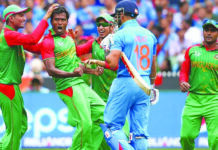

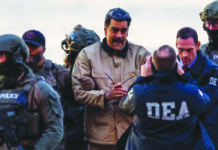


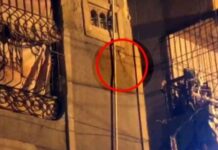
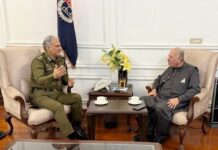
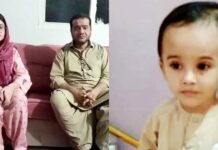
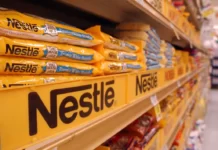
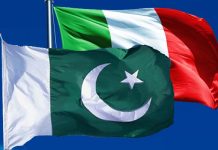
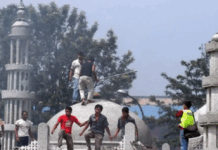
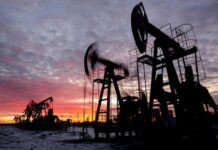

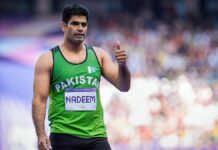
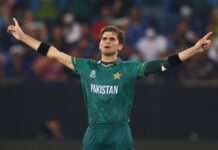
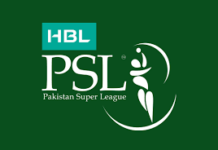
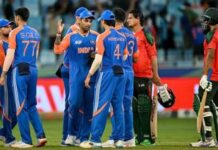
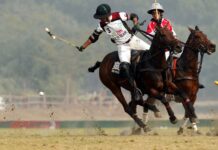
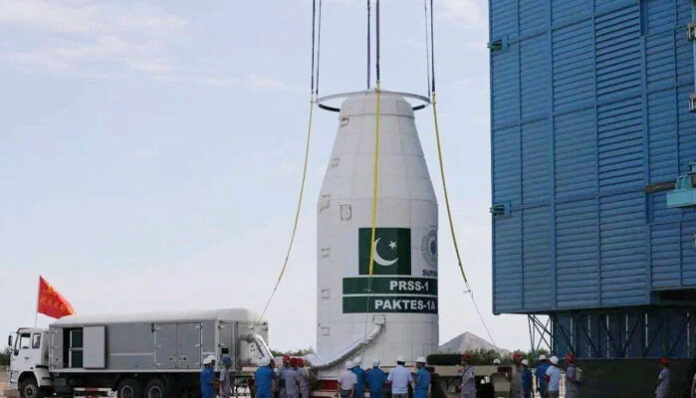
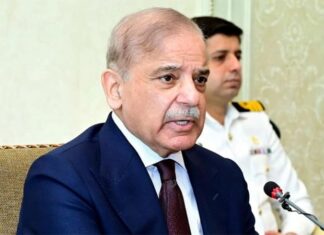



For the reason that the admin of this site is working, no uncertainty very quickly it will be renowned, due to its quality contents.
Veja salão de festas para 150 pessoas no site salãosoberano.com e inspire-se! 👏
You’re so awesome! I don’t believe I have read a single thing like that before. So great to find someone with some original thoughts on this topic. Really.. thank you for starting this up. This website is something that is needed on the internet, someone with a little originality!
very informative articles or reviews at this time.
Good job Mr writer,keep it up 👍
Love your perspective
Thanks for the great apartment cleaning – everything was sparkling clean!
The travel video is amazing, makes me excited to go on holiday.
I do agree with all the ideas you have introduced on your post They are very convincing and will definitely work Still the posts are very short for newbies May just you please prolong them a little from subsequent time Thank you for the post
What i do not understood is in truth how you are not actually a lot more smartlyliked than you may be now You are very intelligent You realize therefore significantly in the case of this topic produced me individually imagine it from numerous numerous angles Its like men and women dont seem to be fascinated until it is one thing to do with Woman gaga Your own stuffs nice All the time care for it up
Attractive section of content I just stumbled upon your blog and in accession capital to assert that I get actually enjoyed account your blog posts Anyway I will be subscribing to your augment and even I achievement you access consistently fast
I do trust all the ideas youve presented in your post They are really convincing and will definitely work Nonetheless the posts are too short for newbies May just you please lengthen them a bit from next time Thank you for the post
helloI really like your writing so a lot share we keep up a correspondence extra approximately your post on AOL I need an expert in this house to unravel my problem May be that is you Taking a look ahead to see you
Somebody essentially help to make significantly articles Id state This is the first time I frequented your web page and up to now I surprised with the research you made to make this actual post incredible Fantastic job
My brother suggested I might like this blog He was totally right This post actually made my day You can not imagine simply how much time I had spent for this info Thanks
Your writing has a way of resonating with me on a deep level. I appreciate the honesty and authenticity you bring to every post. Thank you for sharing your journey with us.
I loved as much as youll receive carried out right here The sketch is tasteful your authored material stylish nonetheless you command get bought an nervousness over that you wish be delivering the following unwell unquestionably come more formerly again since exactly the same nearly a lot often inside case you shield this hike
I have read some excellent stuff here Definitely value bookmarking for revisiting I wonder how much effort you put to make the sort of excellent informative website
Hi Neat post Theres an issue together with your web site in internet explorer may test this IE still is the marketplace chief and a good component of people will pass over your fantastic writing due to this problem
Somebody essentially help to make significantly articles Id state This is the first time I frequented your web page and up to now I surprised with the research you made to make this actual post incredible Fantastic job
Wonderful beat I wish to apprentice while you amend your web site how could i subscribe for a blog web site The account aided me a acceptable deal I had been a little bit acquainted of this your broadcast provided bright clear idea
I was suggested this web site by my cousin Im not sure whether this post is written by him as no one else know such detailed about my trouble You are incredible Thanks
Fantastic site Lots of helpful information here I am sending it to some friends ans additionally sharing in delicious And of course thanks for your effort
Your blog is a beacon of light in the often murky waters of online content. Your thoughtful analysis and insightful commentary never fail to leave a lasting impression. Keep up the amazing work!
Your authentic voice really shines 😊 through in everything you create and share
This article makes me want to try the product.
I am truly thankful to the owner of this web site who has shared this fantastic piece of writing at at this place.
obviously like your website but you need to test the spelling on quite a few of your posts Several of them are rife with spelling problems and I to find it very troublesome to inform the reality on the other hand Ill certainly come back again
Really appreciate how you take time to respond to comments